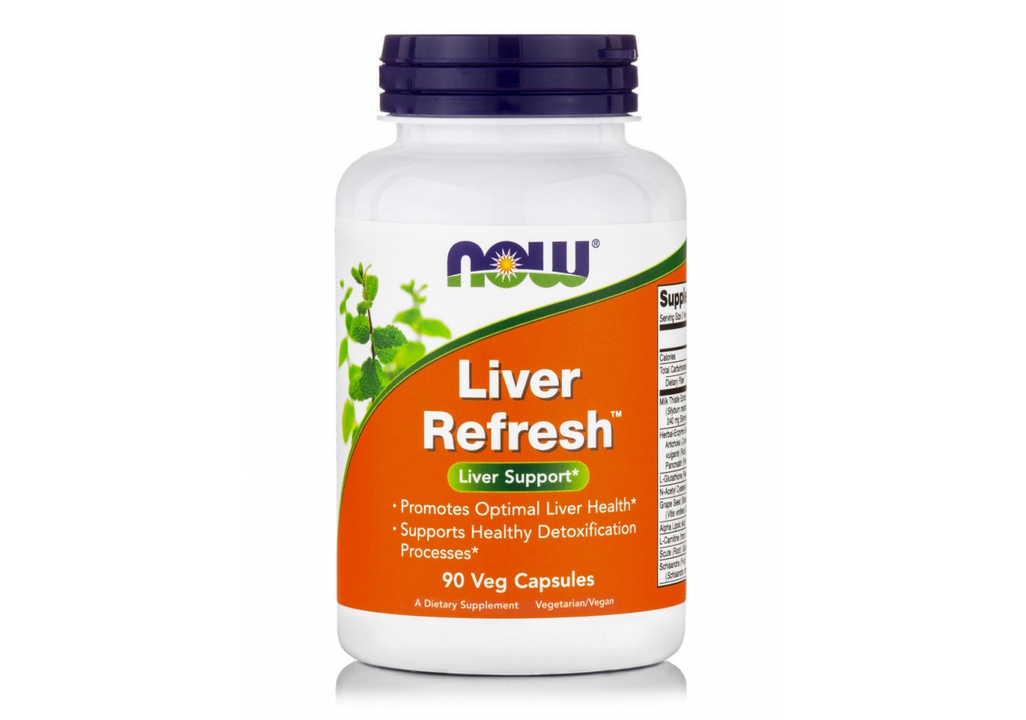European Buckthorn (Rhamnus): What it is and why people talk about it
European buckthorn is a shrub commonly seen in hedges and wood edges. People mention it for two reasons: some herbal traditions use parts of the plant as a laxative, and in many places the shrub is an invasive pest that spreads fast. If you're curious about using buckthorn—or you just want to recognize it on a walk—this page gives clear, practical facts you can use right away.
How to identify buckthorn and where it grows
Look for a thorny shrub with small, oval leaves that stay darker green on top and lighter underneath. The berries are round, about the size of a pea, and turn black or dark purple when ripe. Bark can be smooth with noticeable horizontal lenticels. European buckthorn often grows in groups and forms dense thickets, which helps it outcompete native plants.
Note that there are several buckthorn species. Rhamnus cathartica is the classic "European buckthorn." Frangula alnus (sometimes called alder buckthorn) is a close relative used in some herbal products. If you see berries on the ground and a tangled shrub that feels invasive, that’s likely the one.
Common uses, safety points, and buying tips
Traditional herbal use focuses on the bark and berries for short-term relief of constipation. That comes from chemicals in the plant that stimulate the bowel. But short-term is the key word: prolonged use can lead to cramping, dehydration, and electrolyte loss.
Safety basics: don’t use buckthorn if you’re pregnant, breastfeeding, or for children without medical advice. Stop using it if you get severe cramps, watery diarrhea, or signs of dehydration. Also avoid combining buckthorn with prescription drugs that affect potassium or fluid balance—talk with a clinician first.
If you want supplements, look for products that clearly list the plant species (Frangula alnus or Rhamnus species) and include third-party testing or a reliable brand. Avoid vague labels like "buckthorn extract" with no species or lab testing. Read customer reviews for real-world notes on strength and effects, and check return policies.
Harvesting wild buckthorn is not a great idea unless you’re sure of the species and you plan to process it correctly—raw berries and bark can be irritating. For most people, buying a tested supplement or using other gentle, well-studied options for constipation is safer.
If you’re dealing with buckthorn in your yard, removing young plants and cutting older shrubs before they fruit helps control spread. Local conservation groups often provide guidance on removal and disposal.
Questions about a specific product or safety with your medicines? Ask your pharmacist or a doctor. Buckthorn has uses, but it also has real risks—so treat it with respect and get clear advice before trying it.

Your Guide to European Buckthorn: The Ultimate Dietary Supplement for Vibrant Health and Wellbeing
In my latest blog post, I've explored the incredible benefits of European Buckthorn, a powerful dietary supplement for vibrant health and wellbeing. This nutrient-dense superfood is loaded with essential vitamins, minerals, and antioxidants, which can help improve digestion, boost the immune system, and support overall vitality. Not only that, but European Buckthorn is also known for its anti-inflammatory and anti-aging properties. I've also shared some tips on how to incorporate this amazing supplement into your daily routine for optimal results. So, don't miss out on discovering the ultimate secret to staying healthy and feeling great with European Buckthorn!
Read more